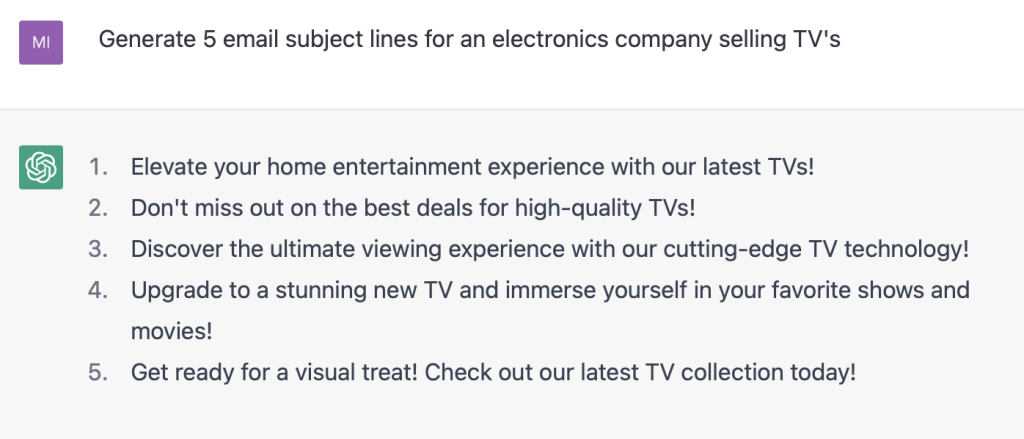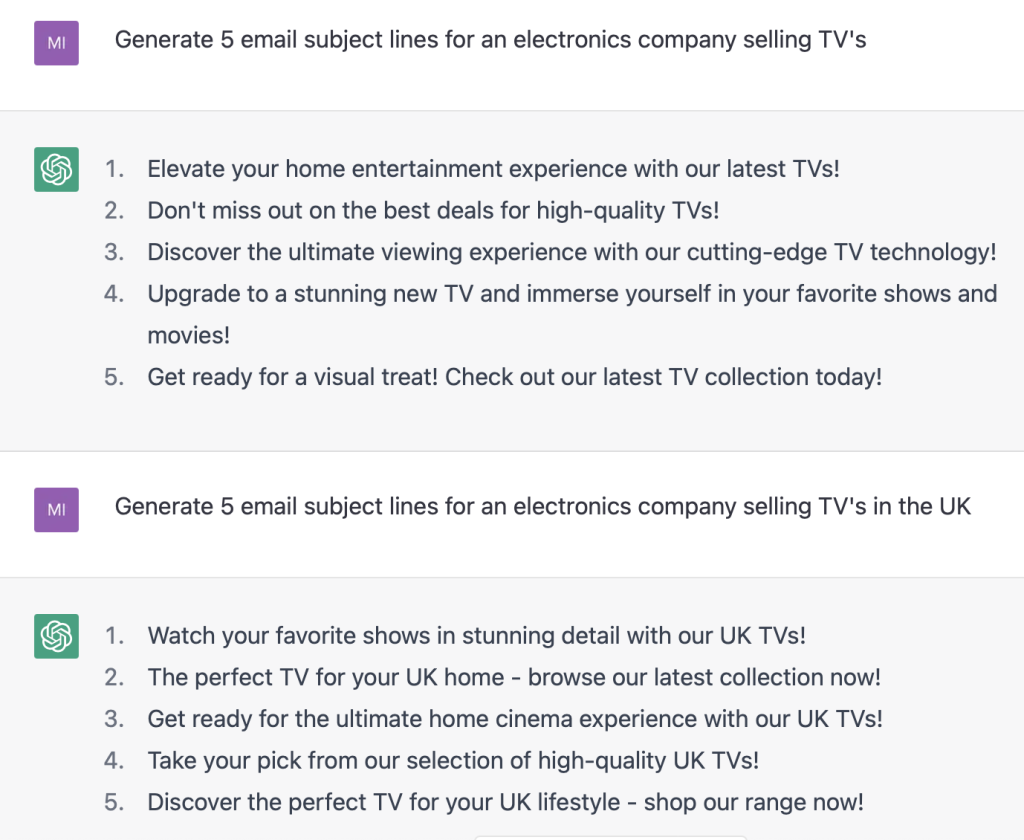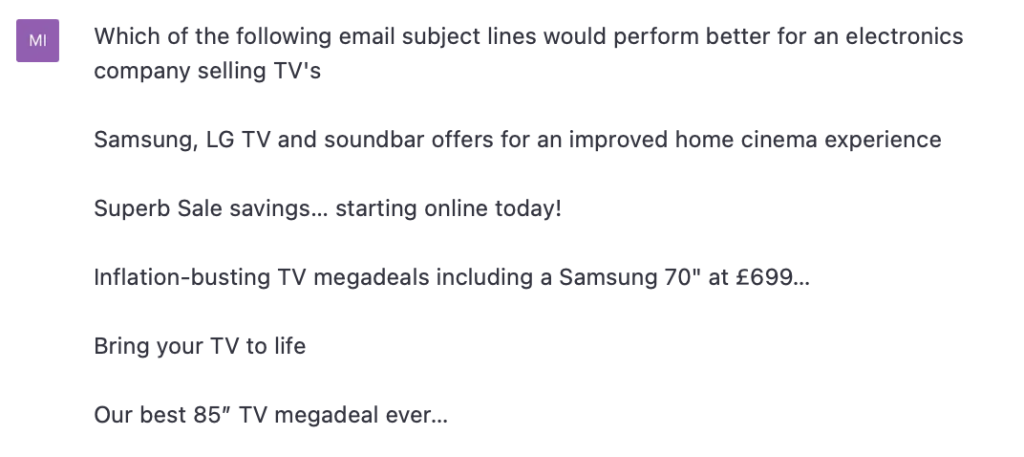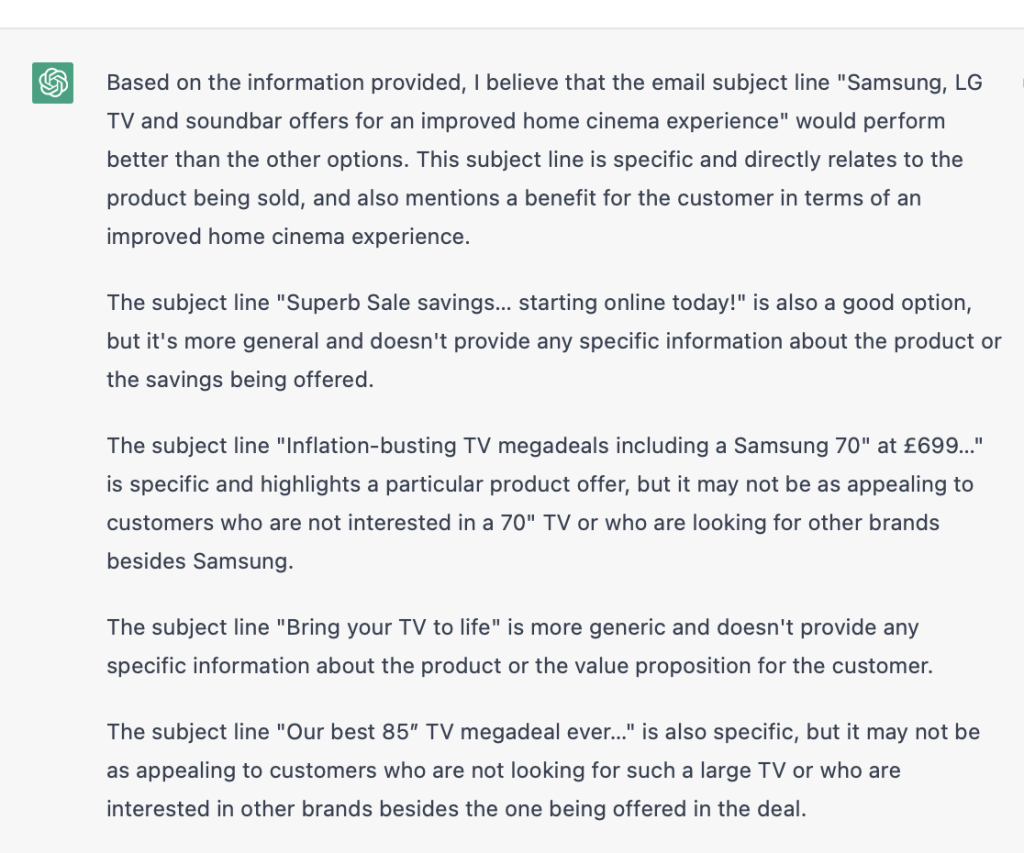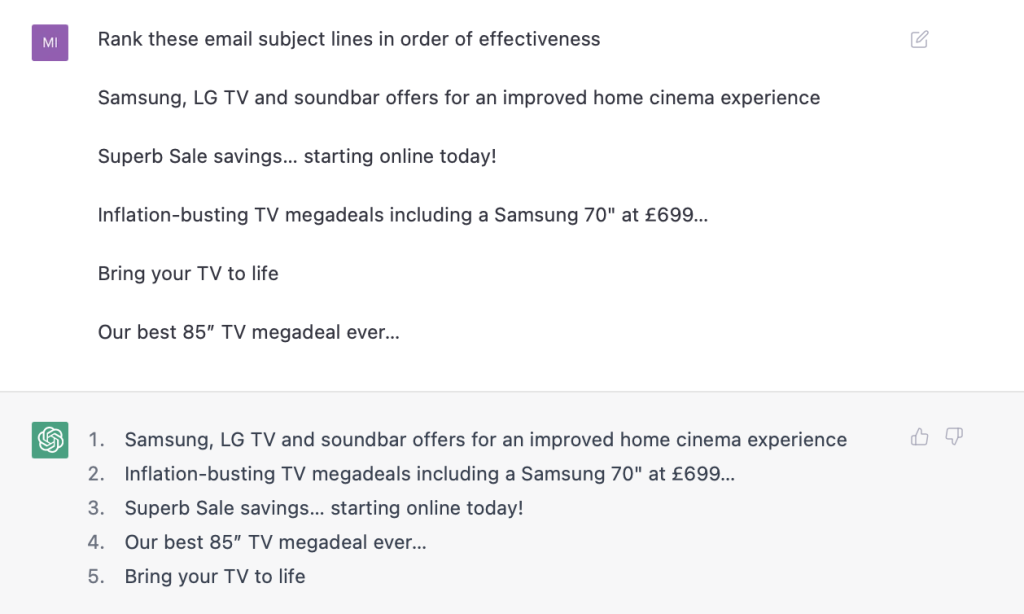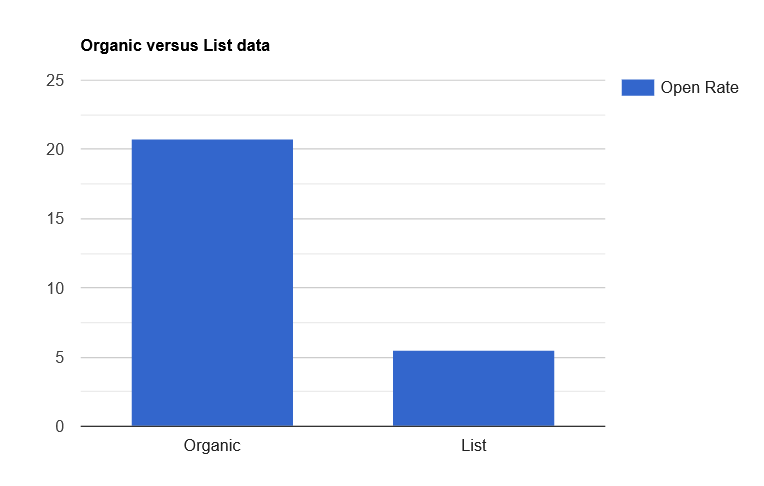Your email subject line has a tough job. With just a few words, it needs to:
- Grab the reader’s attention
- Tell them something useful
That’s a big ask, given that perhaps only around 40 characters will be visible on mobile. There’s only so much screen space before you hit the triple dots of truncation.

But that’s okay, because your subject line isn’t alone out there.
Preview text
Message previews – or preheaders as they’re widely and perhaps erroneously called in the marketing world – pull some opening text content from your email into the inbox. That lets the user see some information up-front before deciding if an email is worth opening. The number of characters pulled into the preview varies depending on device and email client.
Brands commonly use the preview text as a secondary subject line of sorts. This is often combined with a trick to blank out any trailing content such as nav bar links, thus making it look neat and tidy in the inbox. It’s worth mentioning that Apple Mail recently disabled this trick as it essentially suppresses the message preview’s originally intended functionality.
In any case, the message preview is valuable pre-open content for you to work with. Use it in conjunction with your subject line to inform the reader rather than bait them.
Sender name
Well, that’s done already is it not? Sender is your brand name, and that’s that. Not necessarily!
There’s some flexibility in your sender name. Adding an individual’s name, where relevant and true, can add a personal touch. Person at YourBrand might just give your emails a more human touch than YourBrand alone.
The sender name can also be tailored to the nature of the email. A separate sender name for editorial emails like newsletters can help to distinguish them from purely marketing content. The Biz @ The Email Factory for instance!
BIMI
I killed some time on a flight recently by playing a logo quiz on my phone. Our ability to recognise and recall logos, or even portions thereof, is proof of their power. A brand’s logo is its face, and our brains are masterful at processing faces.
That brings us to BIMI: Brand Indicators for Message Identification. Appropriately for an acronym that sounds a bit like “be me”, this is a means of showing your brand logo in the inbox. The instant power of brand recognition could be the deciding factor between open and ignore.

Annotations
Gmail has built-in functionality that allows marketers to show additional content in the promotions tab. These are known as email annotations. They come in two main flavours.
Deals let you show an offer – perhaps a discount – completely separate from your subject line. An optional offer code, start and end date round it off. After all, your customer cares about what your email has to offer them. Everything else is just wrapping.
Product carousels are perfect for retailers. A horizontally scrollable array of products, browsable and clickable without ever having to open the email.
It’s worth mentioning that senders must first contact Google for approval before these features become available. If you don’t ask, you don’t get!
Emojis
Love them or hate them, emojis are a part of internet life. Although they’re not a piece of inbox anatomy like the items above, emojis are so distinct from traditional alphanumeric copywriting that they deserve special mention.
There is some evidence to suggest that emojis in subject lines can increase email open rates. That statement would carry a lot more weight were it not for the presence of “some” and “can”. Ultimately, like most aspects of marketing, it depends. It depends on your brand, your choice of emoji, how often you use them, your creativity.
Used correctly – whatever that may mean for your brand – emojis can pair with creative copywriting in an engaging way. Just be sure not to use too many, or interrupt sentences. Accessibility matters.
A collective effort
It’s reassuring to see that the competition for inbox attention isn’t solely determined by the subject line. In fact, it may not even be the most important factor in determining opens. The life of a subject line isn’t such a lonely one after all.





